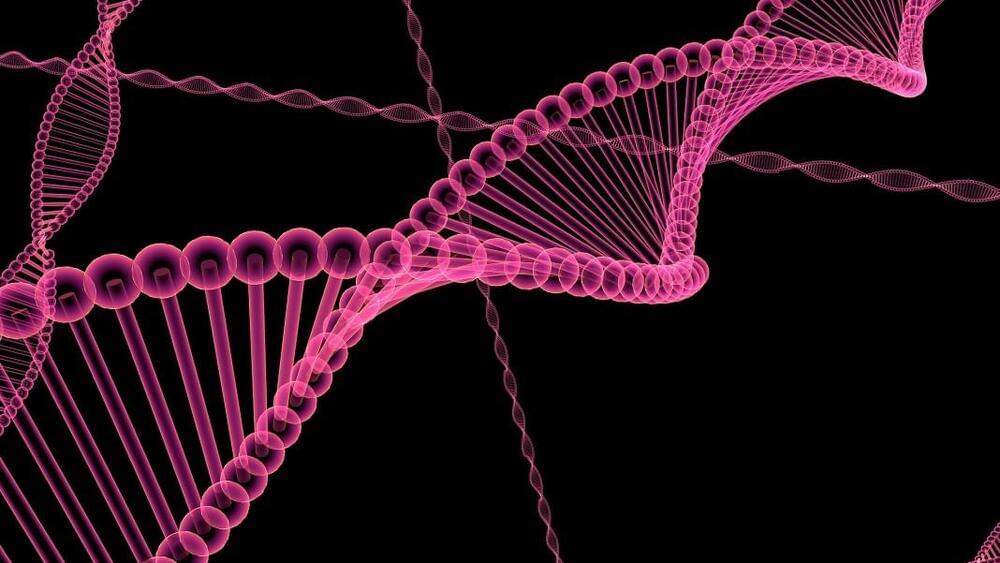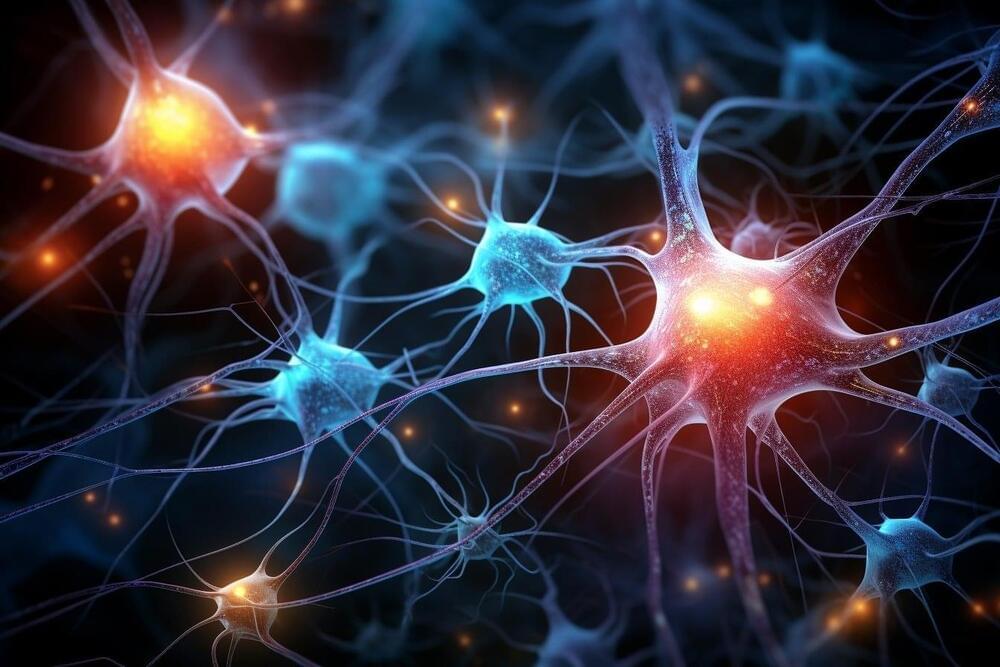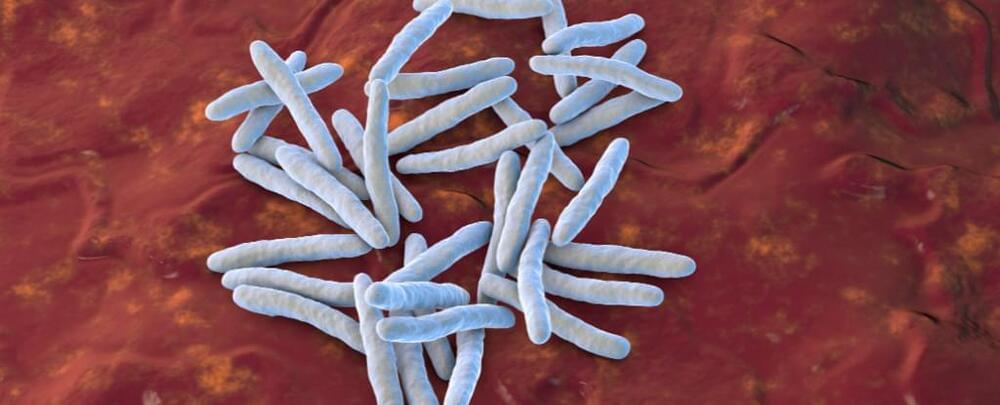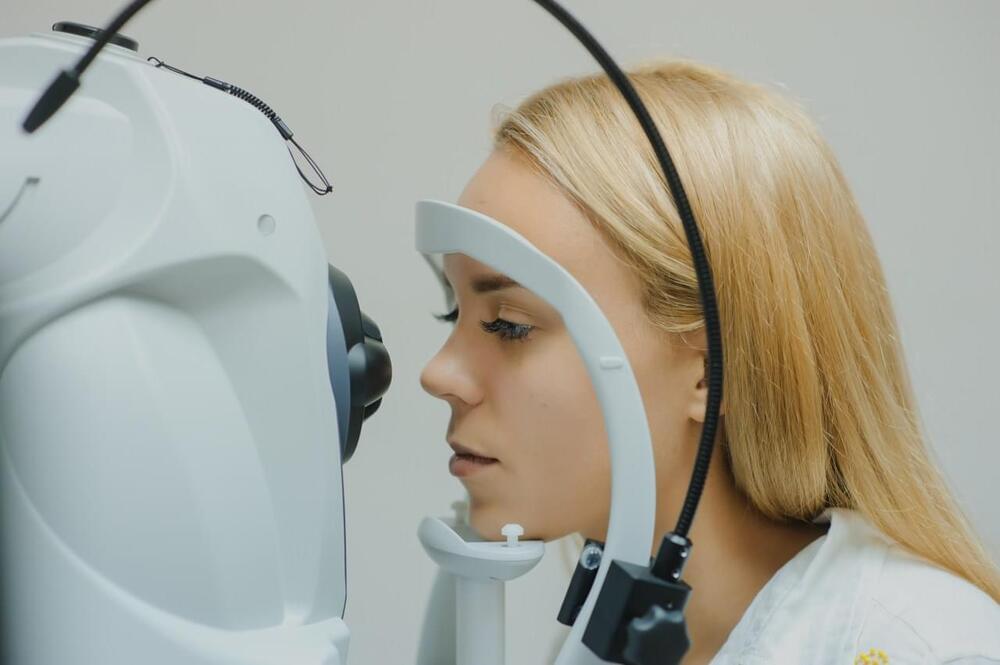From target screening to image analysis, companies are using machine learning tools to explore the unknown.



Step forward platelet factor 4 (PF4): this substance in the blood has been linked to the mental boost we get from exercise, the benefits of blood transfusions, and a protein associated with longevity, in three separate studies.
All three processes promote cognitive enhancement, meaning PF4 is something of a superpowered blood factor. The research was carried out by two teams from the University of California San Francisco (UCSF) in the US and the University of Queensland in Australia.
Platelets are cell fragments that play a critical role in the clotting process. Aside from serving as physical plugs that staunch bleeding, these small, non-nucleated chunks of bone marrow cell contain granules that release chemicals to promote aggregation.
The popularity of remote food delivery skyrocketed during the COVID-19 pandemic, and the trend has continued to help businesses thrive years later. Unfortunately, some of the robotic delivery vehicles are taking a beating, with several viral videos showing people kicking the autonomous bots over and even stealing the products inside.
KTLA 5’s Rachel Menitoff reports. (Aug. 7, 2023)
KTLA 5 News — Keeping Southern Californians informed since 1947.

The new study, published in Nature, showed that the unassuming protein is far from a one-trick pony. Rather than a simple protein cog in the body’s wound-healing machine, PF4 also acts as an ambassador between the brain and the immune system. When young, the protein “gatekeeper” tunes down inflammation and helps maintain the brain’s cognitive functions.
Unfortunately, PF4 levels in the body nosedive with age. The drop incites a spark of inflammation in the brain’s “memory center”—the hippocampus—and hampers the neurons’ ability to communicate. Neural networks misfire. As does memory: an aged animal struggles to remember new places or learn new tasks.
It’s not all bad news. In one test, a jab of PF4 partially reset the body’s immune system, lowering levels of proteins that promote inflammation, and boosted cognition in elderly mice.

The team used acupuncture needles to deliver the trigger for 10 seconds a day, and the blood sugar levels in the mice returned to normal within a month. The rodents even regained the ability to manage blood sugar levels after a large meal without the need for external insulin, a normally difficult feat.
Called “electrogenetics,” these interfaces are still in their infancy. But the team is especially excited for their potential in wearables to directly guide therapeutics for metabolic and potentially other disorders. Because the setup requires very little power, three AA batteries could trigger a daily insulin shot for more than five years, they said.
The study is the latest to connect the body’s analogue controls—gene expression—with digital and programmable software such as smartphone apps. The system is “a leap forward, representing the missing link that will enable wearables to control genes in the not-so-distant future,” said the team.
Join us on Patreon! https://www.patreon.com/MichaelLustgartenPhD
Discount Links:
At-Home Metabolomics: https://www.iollo.com?ref=michael-lustgarten.
Use Code: CONQUERAGING At Checkout.
NAD+ Quantification: https://www.jinfiniti.com/intracellular-nad-test/
Use Code: ConquerAging At Checkout.
Epigenetic Testing: https://trudiagnostic.com/?irclickid=U-s3Ii2r7xyIU-LSYLyQdQ6…M0&irgwc=1
Use Code: CONQUERAGING
Oral Microbiome: https://www.bristlehealth.com/?ref=michaellustgarten.
Enter Code: ConquerAging.
At-Home Blood Testing (SiPhox Health): https://getquantify.io/mlustgarten.

Researchers at The University of Queensland have found an anti-aging function in a protein deep within human cells.
Associate Professor Steven Zuryn and Dr. Michael Dai at the Queensland Brain Institute have discovered that a protein called ATSF-1 controls a fine balance between the creation of new mitochondria and the repair of damaged mitochondria.

Summary: Researchers uncovered how distinct neuron types in the Drosophila fruit fly differentiate their functions despite originating from a similar genetic framework.
In the study, two closely related neuronal subtypes expressed more than 800 different genes (~5% of the fly genome) differently. This gene expression directly influenced the observable distinctions between the neuron types.
The findings help illuminate the brain’s intricate cell development and how disease could affect it.

O.o!!
A 54-year-old Florida man diagnosed with leprosy adds to a growing number of cases detected in the south-eastern United States, which appears to be a new hotspot for the disease.
It follows recent alerts from the US Centers for Disease Control and Prevention (CDC) of the first cases of locally-acquired malaria in the US in two decades; four of which were in Florida.
Leprosy incidence, or rates of new leprosy cases, has been increasing in southern parts of the US since 2000, with reported cases more than doubling in south-eastern states over the past decade. Central Florida now accounts for almost one-fifth of US cases.

(NewsNation) — Eye scans could be able to detect Parkinson’s disease several years before the presentation of other symptoms, according to a new study.
The findings, published in the journal Neurology, add to growing evidence that eye scans could help detect neurodegenerative diseases including Alzheimer’s and multiple sclerosis.
Researchers at University College Hospital and the Moorfields Eye Hospital used a type of 3D scan known as optical coherence tomography (OCT) which detected Parkinson’s disease markers an average of seven years before clinical symptoms.